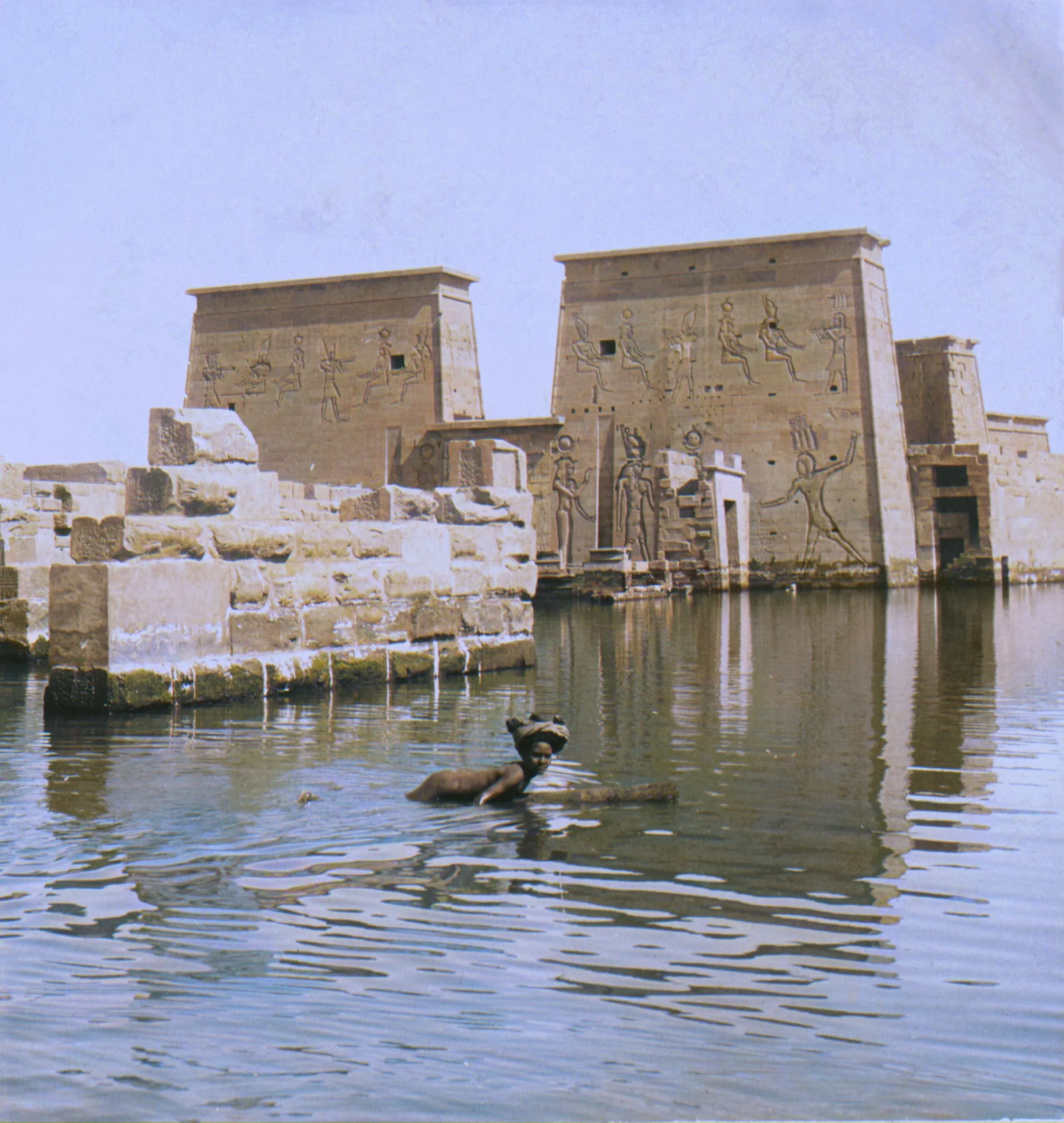The Philae Temple
The Temple That Refused to Disappear
The first thing she noticed was the quiet.
Not the silence of emptiness, but something older—like the hush in a cathedral, or the pause before a prayer. The Nile lapped gently against the hull of the boat as it drifted toward Agilkia Island. And beyond the shoreline, the columns of Philae rose from the morning mist, still and patient, as if they had always been waiting.
She had read about the Temple of Isis before her journey. She knew it was beautiful. But nothing had prepared her for the stillness that surrounded it—or for the thought that it had once been underwater.
It’s hard to imagine now, standing on solid ground, that for most of the 20th century this sacred complex was nearly lost. After the construction of the Old Aswan Dam in 1902, the original island of Philae was submerged for much of the year. Visitors came by boat, gliding over water that lapped at hieroglyphs and half-drowned sanctuaries. Locals called it the “Temple of the Nile”—a ghost rising from the river.
And still, the goddess endured.
Isis—protector, mother, queen of magic—remained carved into the stone. Her sanctuary stood, season after season, her name whispered in the shimmer of reflected light. But in the 1960s, with the building of the Aswan High Dam and the creation of Lake Nasser, it became clear: if nothing was done, the temple would disappear forever.
Experience it
That’s when the world stepped in.
UNESCO, together with the Egyptian government and an international team of experts, began an ambitious rescue mission. A cofferdam was built to hold back the Nile. Divers, engineers, and archaeologists worked side by side, dismantling the temple stone by stone—over 40,000 individual blocks. Each one was numbered, mapped, and ferried to higher ground. The new island, Agilkia, had been carefully sculpted to resemble the original.
It took nearly a decade. But Philae was saved.
Now, she walked through the temple’s restored colonnades, the carvings crisp in the golden light. The stone felt cool beneath her fingers. On one wall, Isis stood eternal, crowned with the sun disk, arms outstretched. A goddess who had withstood time, flood, and silence.
Nearby, a guide spoke softly to his group: “These are some of the last hieroglyphs ever written in Egypt—carved long after the pharaohs had passed into history.”
She paused, taking in the meaning. This was not just a monument. It was a resurrection.
Most visitors wouldn’t know what it took to save this place. But here, in the hush between sunlight and stone, the story lingers. A temple nearly lost. A goddess remembered. A sanctuary that refused to be forgotten.
As the boat carried her back across the water, she looked behind her once more. The columns stood bathed in gold. And in the stillness, the island seemed to breathe again.

